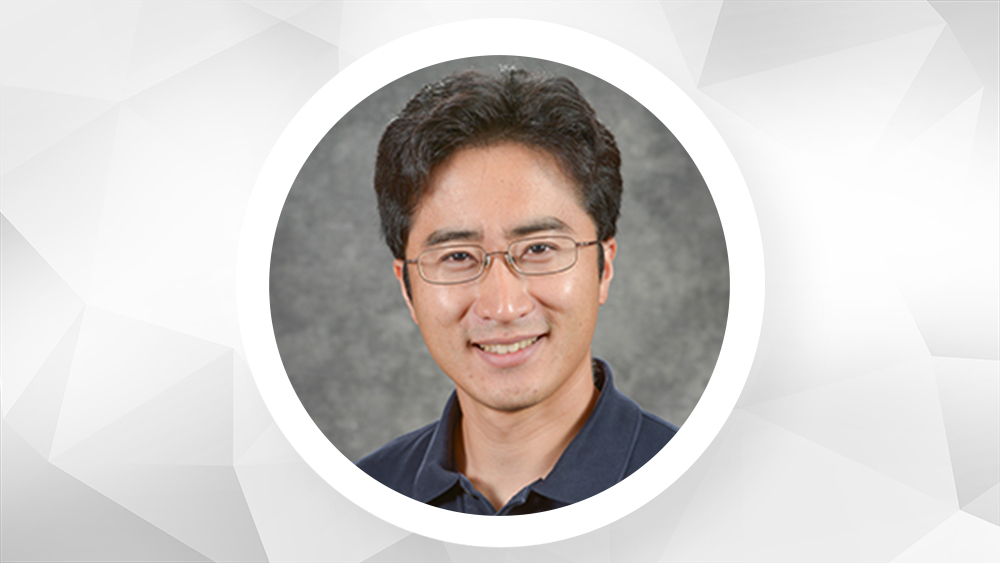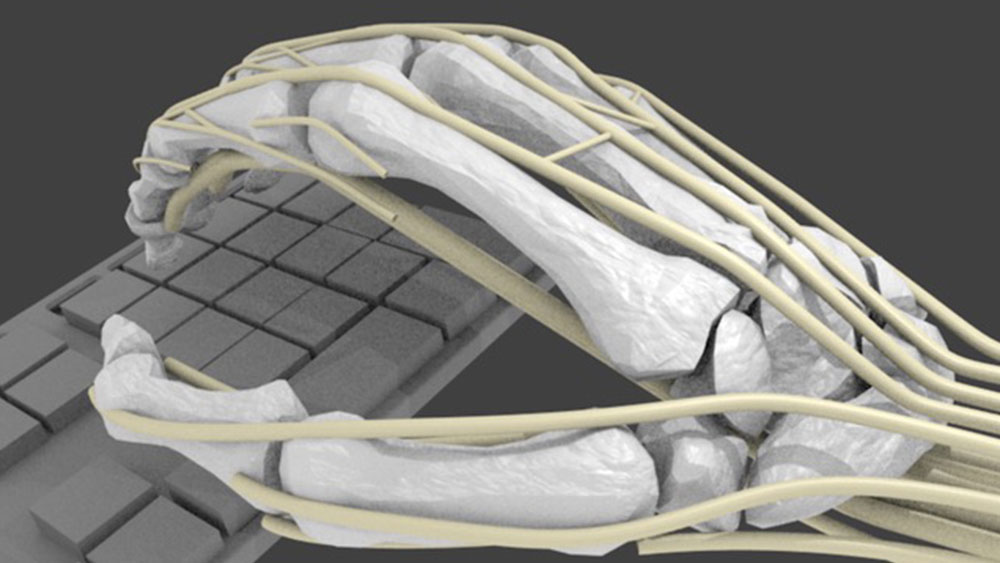
Dr. Shinjiro Sueda, assistant professor in the Department of Computer Science and Engineering at Texas A&M University, recently received the Faculty Early Career Development (CAREER) Award from the National Science Foundation (NSF) — one of the most prestigious awards for up-and-coming researchers. The award provides funding to support promising integrated research and education. Sueda will use the funds primarily for student support.
Q: What are you researching?
A: I am researching new computational models for the biomechanical simulation of humans, suitable for a wide range of applications including anatomy training/education, computer animation, virtual reality and medicine.

Q: When did you start studying this? What sparked your interest?
A: I have been working on musculoskeletal simulation since my Ph.D. years. I was fascinated by how humans move. I was particularly interested in the complex interaction of muscles, tendons and the skeleton during movement. Muscles and tendons form branches, wrap around bones and other anatomical obstacles, and apply forces to the skeleton in interesting ways, making us capable of both intricate and forceful movements. For example, by delicately controlling our muscles, we are able to change a baby’s diaper without hurting the baby. Using the same muscles, we are also able to throw a ball half way across a field. I find this range of functions truly amazing, and I want to understand it better using new computer models.
A: In my classes, I cover many concepts related to my research, such as motion capture, forward/inverse kinematics, various skinning methods and finite element modeling. One of the most popular course modules is physically-based animation where we combine physics concepts and numerical techniques to model real-world phenomena virtually.
A: This research will lead to novel applications in many areas, including: medicine, for surgical training and stroke rehabilitation; ergonomics, for better understanding of energy use; bio-paleontology, for discovering the movement of extinct animals; robotics, for bio-inspired tendon-driven actuators; and neuroscience, for reverse engineering the brain by providing a computational testbed for understanding motor control. Beside these, one obvious area of impact is computer graphics and virtual/augmented reality. With recent advances, computer-generated imagery of human characters often looks indistinguishable from photographs, but when these characters start moving, it becomes easy to tell that they are not real — there’s something “uncanny” about them. The proposed research will help us generate digital characters that move more naturally, by modeling the underlying muscles, tendons and bones from first principles. Although the main focus is on humans, the proposed research can also be applied to other animals, including extinct animals or even imaginary characters.
Q: What is the expected outcome of the project?
A: This research will build on existing musculoskeletal simulations in biomechanics and graphics. In recent decades, two contrasting methods for musculoskeletal simulation have been developed: line-based methods and volume-based methods. Unfortunately, there is currently no way to get the best of both worlds because these methods are built on fundamentally different principles: line-based methods are built on rigid body dynamics, whereas volume-based methods are built on continuum mechanics. This project will bridge the gap between these two approaches.